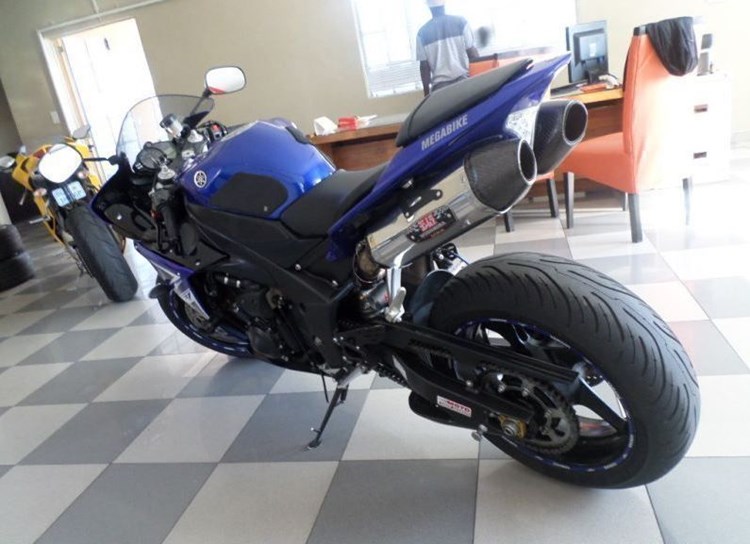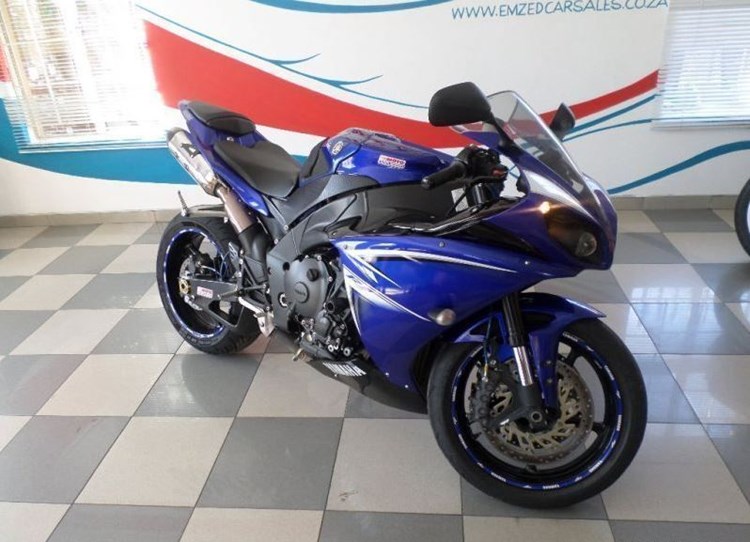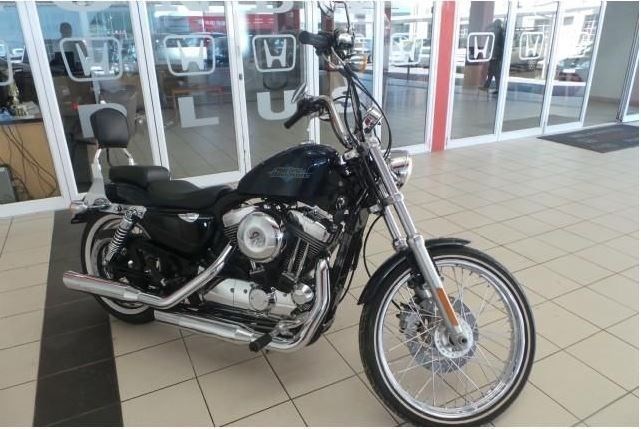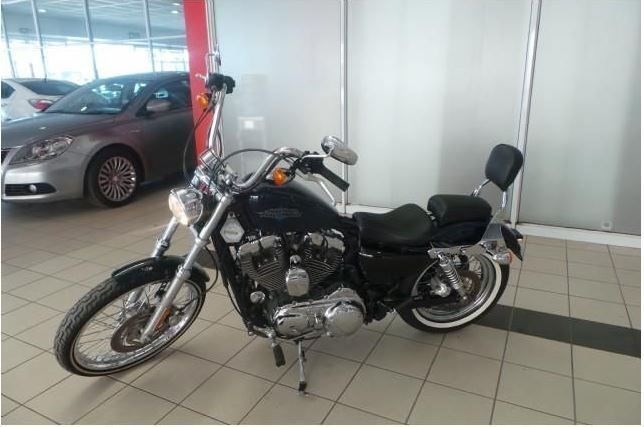Our website, Autodealer.co.za is full of superbikes for sale but how to decide which one to go for, as a preferred mode of transport in Johannesburg’s ever-increasing traffic? I compiled a list that might help:
Step 0: Convince your wife
Accompany your desire for a bike with a large quantity of flowers, chocolates and Spa vouchers.
Step 1: Decide what you want
I want a fast, loud superbike because I’m a bit of a hot head; however, it will be wise to think about your specific needs. Do you want a bike for commuting, racing or touring? Let’s be honest, a superbike with 1 000cc will be horrible if you just use it for commuting through heavy traffic on the N1. A 125cc will cause much criticism on those biker breakfast runs where everyone arrives on a hog. I’ve also noticed that many bikers tend to buy adventure bikes for recreational use.
Step 2: Purchase your bike from a reputable dealership
Private sales may be lower priced and that in itself is appealing but you will not be able to take it back if the bike breaks down or blows up. Most dealerships offer some type of warranty, or at the very least, will work with you should anything go wrong in the first few months of buying the bike. If you must buy from a private party, insist that you be able to take the bike to a reputable dealership to be assessed and inspected.
Step 3: Check the bike or call a friend
Seeing as though I know nothing about a bike, I might need to call a friend for this one. It is wise to have some sort of mechanical knowledge. Search the Internet for forums; it offers oodles of advice about mechanical issues to look out for. I do know that if there is liquid leaking from an engine it’s probably not good. Also, make sure the bike is in good condition and that it is clean. Check the bike for leaks; check the condition of the drive chain and sprocket. The chain should have around ¾-inch of play (up and down) and the teeth of the sprocket should not show obvious damage or wear. Try to wiggle the chain side to side on the sprocket. There shouldn't be much movement on a good set. Take note of the tyres and brakes as well as the overall condition of the bike. If you have a friend who knows a thing or two about bikes, ask for their input. If you don’t have friends then maybe make friends with someone at a dealership; ask if they can take a look at the bike for you.
Step 4: The trusty test drive
Provided you have a licence, take the bike for a drive. Avoid doing burnouts and wheelies; rather focus on checking the bike’s driveability. Test the brakes; they should not "pulse," which is a sign of warped disks. They should engage smoothly and evenly and not grab violently or feel spongy. Accelerate through the gears. The transmission should feel firm and not slip out of gear under acceleration or feel "clunky." While on a straight, clean patch of road, weave left and right slightly to see how the bike responds. It should feel stable and easy to correct. Listen for any unusual engine noises, suspension creaking or rattling and any undue vibrations. Ask questions about anything that concerns you.
Step 5: Double-checking
After your drive, check the bike again. Look out for leaks and check the oil levels. Ask to see the service book and make sure the bike has been serviced regularly at a reputable service centre.
Step 6: Money, money and more money
Price is a very important factor because as much as you want to save money, the seller wants to make money. Be realistic when negotiating the price. Do some research online; use the retail pricing guides if available, or read the bike classifieds to get a fair market value of the bike. Then, set your buy price accordingly.
I hope that this has helped you if you are considering buying a bike. Be sure to check out our website for a wide selection of new and used cars and bikes for sale.




















